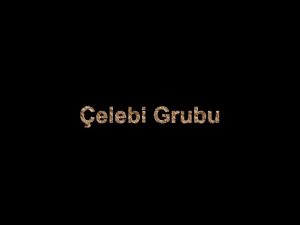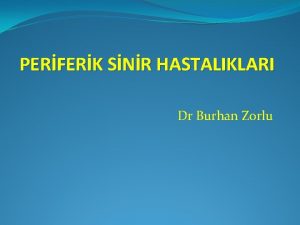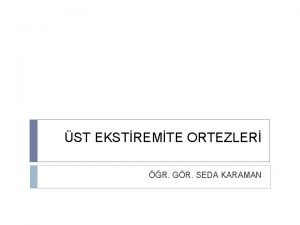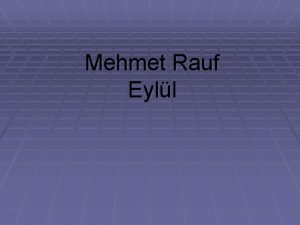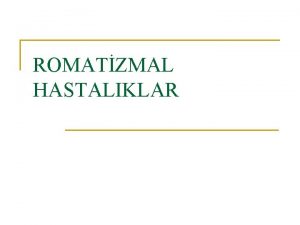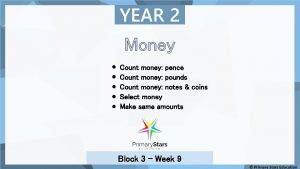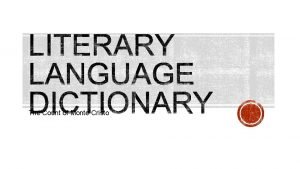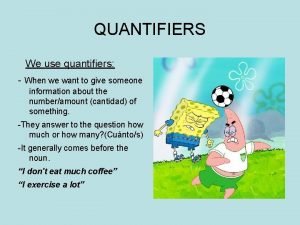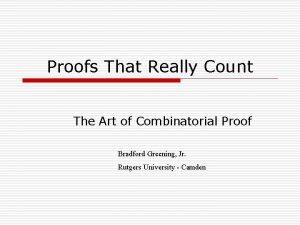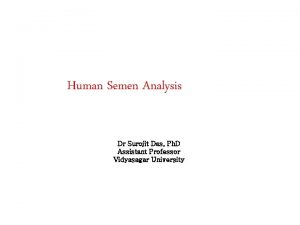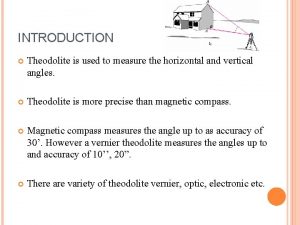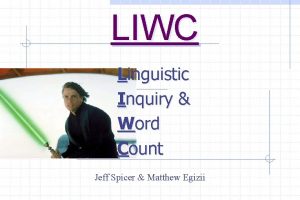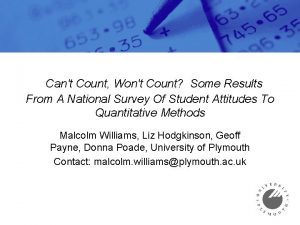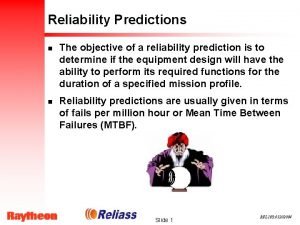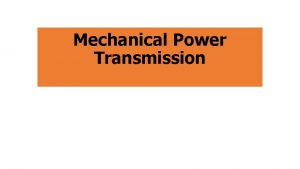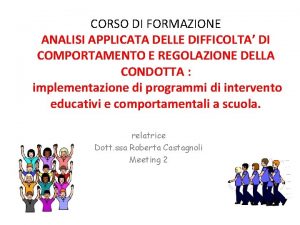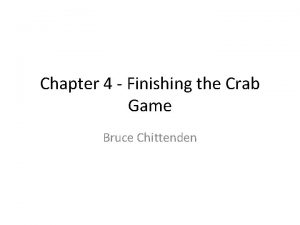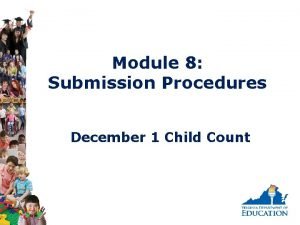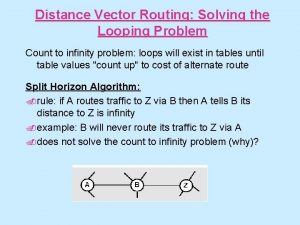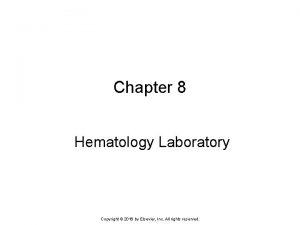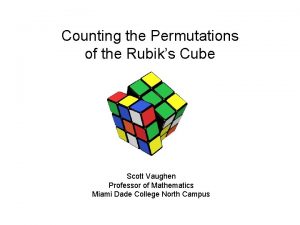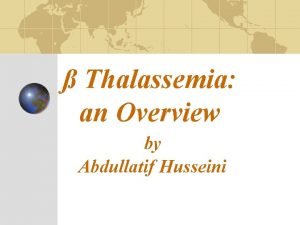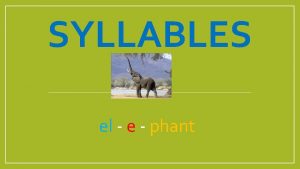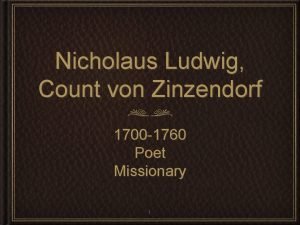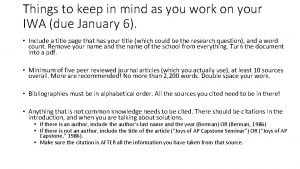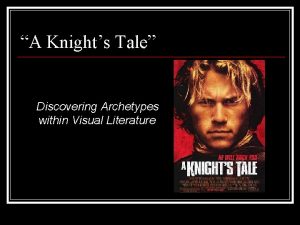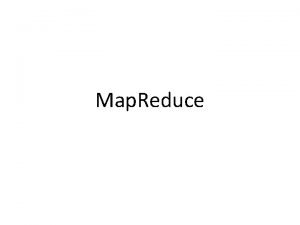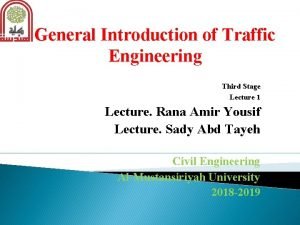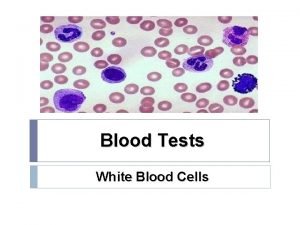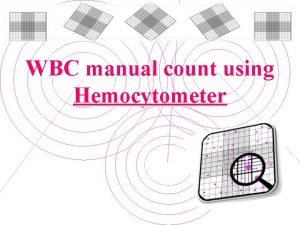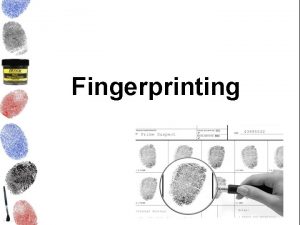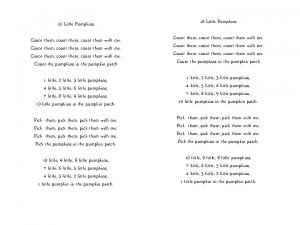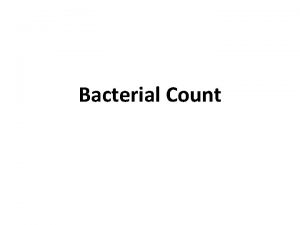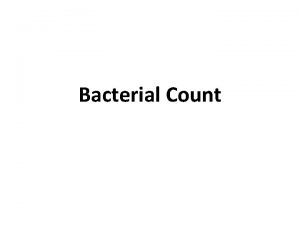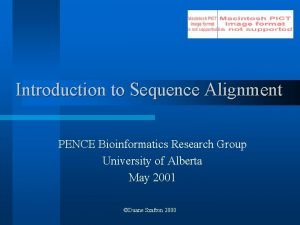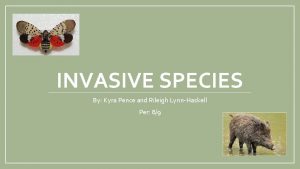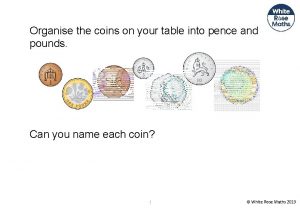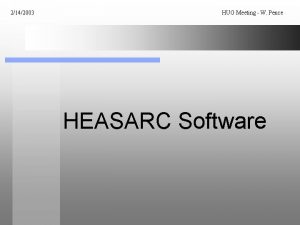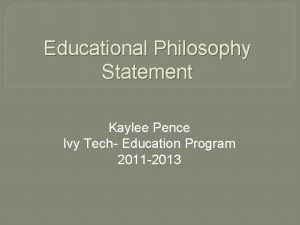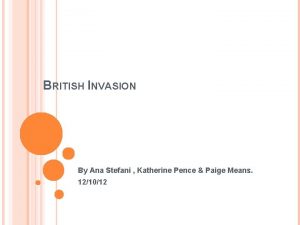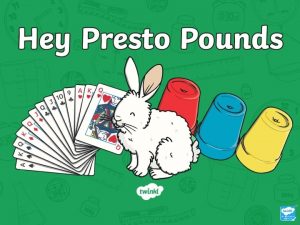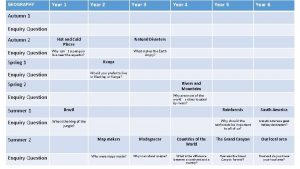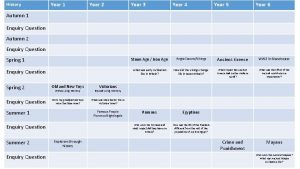YEAR 2 Money Count money pence Count money


























































- Slides: 58

YEAR 2 Money Count money: pence Count money: pounds Count money: notes & coins Select money Make same amounts Block 3 – Week 9

Lesson 1 Step: Count money (pence)

Fluency 1 p

Fluency 2 p

Fluency 5 p

Fluency 10 p

Fluency 20 p

Fluency 50 p

What amounts are shown? 7 p 12 p

What amounts are shown? 25 p 80 p

What amounts are shown? 9 p 20 p 54 p

What amounts are shown? 76 p 97 p 77 p

Use <, > or = to compare the money. < > =

Use <, > or = to compare the money. = > <

Use <, > or = to compare the money. > < =

Use <, > or = to compare the money. < > =

Is the statement above true or false? Explain how you know. False. The left side shows 27 p and the right side shows 28 p. 27 p is less than 28 p so the sign should be less than (<).

Kat selects four of these coins, using them only once. What is the lowest total Kat could make? _____18 p What is the greatest total Kat could make? _____37 p What total would all the coins make? _____38 p

Lesson 2 Step: Count money (pounds)

Fluency £ 1

Fluency £ 2

Fluency £ 5

Fluency £ 10

Fluency £ 20

Look at the coins and notes below. Can you describe them? What is the same? What is different?

What amounts are shown? 50 p £ 8 £ 14

What amounts are shown? £ 20 £ 50 £ 100

What amounts are shown? £ 2 and 50 p £ 10 and 50 p £ 14 and 20 p

What amounts are shown? £ 30 £ 45 £ 75

Match the money to the correct total. £ 20 £ 30 £ 50

Complete the bar models. £ 5 £ 12

Complete the bar models. £ 25 £ 50 £ 80

Che says he has £ 15. Is Che correct? Explain how you know. No. Che has £ 20. What mistake might Che have made? Che may have mistaken the £ 2 coins for £ 1 coins.

Identify the values below that can be made using only £ 5 notes. £ 35 £ 80 £ 4 £ 65 £ 72 £ 18 £ 48 £ 100 Problem solving

Lesson 3 Step: Count money (notes and coins)

Fluency Complete the number sentences. 10 and _____p 70 a) £ 5 + £ 2 + £ 1 + 50 p + 20 p = £_____ b) £ 1 + £ 5 + £ 2 + 20 p + 50 p + 10 p = £_____8 and _____p 80 c) £ 5 + £ 2 + 50 p + 10 p + 5 p = £_____9 and _____p 65 10 and _____p 85 d) £ 5 + 20 p + 50 p + 10 p + 5 p = £_____ 12 and _____p 26 e) £ 10 + £ 2 + 10 p + 5 p + 1 p = £_____

Fluency Complete the number sentences. 32 and _____p 1 = £ 10 + £ 5 + £ 2 + 1 p a) £_____ 21 and _____p 67 = £ 20 + £ 1 + 10 p + 5 p + 2 p b) £_____ 30 and _____p 55 = £ 20 + £ 10 + 50 p + 5 p c) £_____ 8 and _____p 75 = £ 2 + £ 1 + £ 5 + 50 p + 5 p + 20 p d) £_____ 22 and _____p 77 = £ 20 + £ 2 + 50 p + 20 p + 5 p + 2 p e) £_____

Fluency Complete the part-whole models. £ 2 and 20 p £ 6 and 50 p

Fluency Complete the part-whole models. £ 13 and 33 p £ 30 and 65 p

Fluency Complete the part-whole model. £ 12 and 22 p

Fluency Complete the part-whole model. £ 45

Reasoning Beth completed the number sentence: 2 £ 2 + £_______ + £ 2 + £ 1 + 50 p + 1 p = £ 10 and 61 p Is Beth correct? YES NO Explain how you know. Beth’s number sentence would total of £ 7 and 61 p. Beth should have written £ 5 to make the number sentence correct.

There is 25 p. Sue Who is correct? Explain how you know. Both are incorrect. The total is £ 23 and 2 p. There is £ 25. Mo

Lesson 4 Step: Select money

Which coins would make the following amounts? a) 73 p b) 82 p c) 96 p Fluency

Which coins would make the following amounts? a) 18 p b) 26 p c) 37 p Fluency

Which amount does not show 25 p? Fluency

Which amount does not show 48 p? Fluency

The piggy bank shows £ 5 and 26 p. True or false? Explain how you know. False. The piggy bank shows £ 4 and 26 p.

Put a tick ( ) next to the amounts that show more than 50 p. Problem solving a) b) c) d)

Lesson 5 Step: Make the same amount

Fluency Match the coins to the correct amount. £ 3 and 7 p £ 10 and 40 p £ 15 and 65 p 99 p

Fluency Match the coins to the correct amount. £ 50 and 50 p £ 20 and 77 p £ 45 and 8 p £ 30 and 35 p

Fluency Complete the part-whole models. 15 p 10 p £ 15 5 p £ 5 £ 5

Fluency Complete the part-whole models. 40 p 20 p £ 40 20 p £ 20 £ 10

Fluency Complete the part-whole models. 60 p 50 p £ 60 10 p £ 20

You can make 10 p in at least 5 different ways using coins. Yes Do you agree? _____ Explain why. 2 p, 2 p, 2 p, 1 p, 1 p 2 p, 2 p, 1 p, 1 p, 1 p, 1 p 2 p, 1 p, 1 p, 1 p, 1 p, 1 p, 1 p

Make 30 p three ways using the coins below. You can each coin more than once. Possible examples: 10 p, 10 p, 5 p, 5 p, 5 p, 5 p 30 x 1 p 15 x 2 p Problem solving
 Ayasofya pençe nişanı
Ayasofya pençe nişanı Maymun el deformitesi
Maymun el deformitesi Kevin pence
Kevin pence Kısa opponens splinti
Kısa opponens splinti Muhayyen
Muhayyen Rizartroz
Rizartroz Money money money team
Money money money team P7 leavers poem
P7 leavers poem How to count money notes
How to count money notes Money madness summary pdf
Money madness summary pdf Money on money multiple
Money on money multiple Great gatsby meaning
Great gatsby meaning Site:slidetodoc.com
Site:slidetodoc.com Tom buchanan character traits
Tom buchanan character traits Money smart money match
Money smart money match Personification in the count of monte cristo
Personification in the count of monte cristo Direct microscopic count
Direct microscopic count Count nouns and quantifiers
Count nouns and quantifiers Proofs that really count
Proofs that really count The count of monte cristo questions
The count of monte cristo questions Sperm count
Sperm count Parts of theodolite
Parts of theodolite D count
D count Wiaa baseball bat rules
Wiaa baseball bat rules Tru count air clutches
Tru count air clutches How many caramels make up 10 moles
How many caramels make up 10 moles Odyssey word count
Odyssey word count I cant count
I cant count What is reliability prediction
What is reliability prediction Killzone shadow fall player count
Killzone shadow fall player count Vex gear teeth count
Vex gear teeth count Cariostat test
Cariostat test Count and mand procedure
Count and mand procedure How to count morphemes
How to count morphemes Greenfoot little crab
Greenfoot little crab Normal antral follicle count by age
Normal antral follicle count by age Write a program to count blanks tabs and newlines
Write a program to count blanks tabs and newlines Volume count
Volume count Count read succeed
Count read succeed December child count process
December child count process Sine bar advantages and disadvantages
Sine bar advantages and disadvantages Coastal carolina student count
Coastal carolina student count Count to infinity problem
Count to infinity problem Reticulocyte count using miller disk
Reticulocyte count using miller disk Rubik's cube possibilities
Rubik's cube possibilities Lab diagnosis of thalassemia
Lab diagnosis of thalassemia Syllables in ladybug
Syllables in ladybug Count von zinzendorf
Count von zinzendorf Numbers past infinity
Numbers past infinity Surveymmonkey
Surveymmonkey Iwa word count
Iwa word count Hills like white elephants lyrics
Hills like white elephants lyrics Count adhemar
Count adhemar Map reduce architecture
Map reduce architecture User count exceeded watchguard
User count exceeded watchguard Mechanical counting board
Mechanical counting board Low eosinophils
Low eosinophils Calculation of wbc count
Calculation of wbc count The study of fingerprints for the purpose of identification
The study of fingerprints for the purpose of identification
